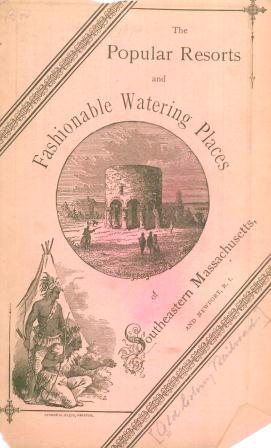By Amanda A. Mathews, Adams Papers
John Quincy Adams, whose 246th birthday is tomorrow, often used birthdays as a moment to take stock of what he had and had not accomplished and what his priorities were. His conscience, and his sense of duty to make himself useful to his country and worthy of his family’s heritage, focused his reflections on the part he had fulfill in his limited time and his capacity for doing so, even when duty to his own conscience cost him (and often his family) a high price.
One of the most compelling occasions of this takes place in 1841, as Adams, who having successfully navigated the Amistad case, considers his larger role in the growing anti-slavery debate. In this striking diary passage, Adams fully lays out the stakes and comes down on the side of conscience and duty outweighing any personal sacrifice:
“The world, the flesh, and all the devils in hell are arrayed against man, who now, in this North-American Union, shall dare to join the standard of Almighty God, to put down the African Slave-trade—and what can I, upon the verge of my seventy-fourth birth-day, with a shaking hand, a darkening eye, a drowsy brain, and with all my faculties dropping from me, one by one, as the teeth are dropping from my head, what can I do for the cause of God and Man? for the progress of human emancipation? for the suppression of the African Slave-trade?— Yet my conscience presses me on—let me but die upon the breach.—”
This led to a renewed war by Adams in the House of Representatives against the increasingly oppressive “Gag Rule,” for which Adams was reviled, threatened, and harassed both inside and outside of Congress, much to the distress of his family.
Want to hear more about Adams and the cost of conscience? Tomorrow, I will be one of the speakers at the annual wreath-laying ceremony, held at noon at United First Parish Church in Quincy Center, better known as the “Church of the Presidents,” the long-time church for the Adams family, and the final resting place for both John and Abigail Adams as well as John Quincy and Louisa Catherine Adams. The event is free and open to the public.


 “Within a few hours’ ride from the metropolis are sections of country and seaboard, which in variety of character, loveliness of climate, and grandeur of scenery, are unsurpassed by any of the celebrated and more distant watering places on the continent,” wrote the unknown author of an Old Colony Railroad Company publication entitled, “Southeastern Massachusetts: Its Shores and Islands, Woodlands and Lakes, and How to Reach Them.” Having spent a few weeks utilizing the Old Colony Railroad system to travel throughout southeastern Massachusetts, the author wrote a guide for other adventurous vacationers in what is essentially a wonderfully descriptive, 49-page advertisement. The pamphlet lists more than 70 destinations, including traditional summer locales such as Provincetown, Martha’s Vineyard, and Nantucket and the less exotic locations such as Taunton, Foxboro, and Attleboro.
“Within a few hours’ ride from the metropolis are sections of country and seaboard, which in variety of character, loveliness of climate, and grandeur of scenery, are unsurpassed by any of the celebrated and more distant watering places on the continent,” wrote the unknown author of an Old Colony Railroad Company publication entitled, “Southeastern Massachusetts: Its Shores and Islands, Woodlands and Lakes, and How to Reach Them.” Having spent a few weeks utilizing the Old Colony Railroad system to travel throughout southeastern Massachusetts, the author wrote a guide for other adventurous vacationers in what is essentially a wonderfully descriptive, 49-page advertisement. The pamphlet lists more than 70 destinations, including traditional summer locales such as Provincetown, Martha’s Vineyard, and Nantucket and the less exotic locations such as Taunton, Foxboro, and Attleboro.